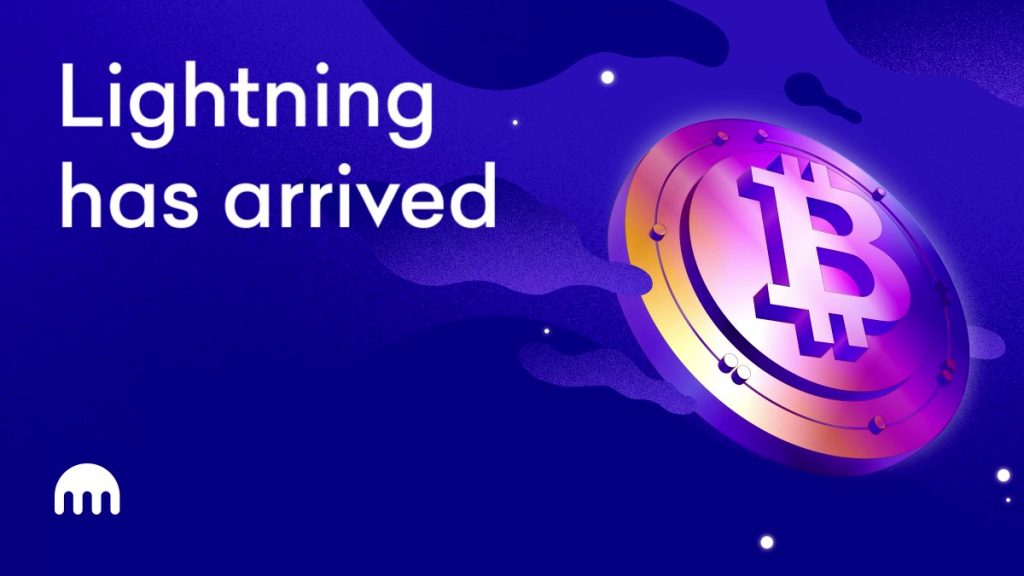
James Carter
Guide on How to send and receive payments on the Lightning Network

To make and receive payments on the Lightning Network, users must first set up a Lightning wallet and add Bitcoin to it. From there, they can set up ways to pay and start doing business. This post will show people how to set up their Lightning wallet and make their first Lightning payment.
How does the Lightning Network work?
The Lightning Network, or “Lightning” for short, is a decentralized system for making instant, high-volume micropayments that stop users from giving trusted third parties control of their funds. It is a layer-2 protocol, which means it is a computer network built on top of the blockchain, which is the Bitcoin base layer (layer 1). The high-security standards of the Bitcoin base layer are used to protect the Lightning Network.
Bitcoin is a payment system that is meant to be slow, and transactions can take up to an hour to complete. This is because Bitcoin groups transactions into blocks that are usually 10 minutes apart, and payments are considered safe after six blocks have been confirmed, which takes about an hour. This is not good for micropayments and smaller transfers, which are usually expensive because of high base-layer fees.
Imagine that people have to wait an hour to pay for a coffee or a train ticket when they scan their phone through the station gate. Due to the high fees, the whole payment process is cumbersome, slow, and too expensive for everyday Bitcoin network operations.
The Lightning Network fixes these problems because it is one of the first ways to use Bitcoin’s built-in scripting to make a smart multi-party contract. Payments on the Lightning Network are instant, atomic, and not recorded on the blockchain. Lightning can be used by retailers for their point-of-sale terminals, by people for device-to-device transactions like remittance payments, or whenever instant payments are needed without the validation of third parties.
The Lightning Network makes it easy for people to share and receive Bitcoin quickly and with little or no cost. It can handle about 1 million transactions per second (TPS), which is the rate at which messages are delivered. Compared to Solana, which can handle 65,000 transactions per second (TPS), or even Visa, which can handle around 24,000 TPS, the Lightning Network is by far the fastest way to pay.
To keep updated with the growing demand for Bitcoin payments and small payments, the network will need to be able to handle a much higher number of transactions. This is not possible on the layer-1 chain. This is why many humans think that the Lightning Network is the best way to grow Bitcoin without affecting its decentralized nature or giving away trust or ownership.
How to use the Lightning Network For Payment
For Bitcoin Lightning Network payments, users need a Lightning Network-enabled Bitcoin wallet, where funds are put into a two-party, multi-signature “channel” Bitcoin account. The person or company that needs to be paid will also need a Bitcoin wallet that can use Lightning.
Most wallets are mobile because making quick payments with a phone is easy and often done. Muun, Wallet of Satoshi, Phoenix, and Cash App are all Bitcoin Lightning wallet apps that can be downloaded on both iOS and Android devices. Muun makes it easy to do submarine swaps, which are quick trades between digital assets on and off the blockchain.
Submarine swap is a type of cryptocurrency transaction that happens off-chain and lets you trade one coin for another. It uses the Lightning Network to make transfers happen quickly and at a low cost. Phoenix, which is a non-custodial wallet, and the Wallet of Satoshi both let you make safe payments almost instantly with low fees.
Most wallets are non-custodial, which means that only the owners have access to the Bitcoin funds. They also have a multi-signature tool to protect the private key in an extra way.
When a user puts BTC in a Lightning wallet, they start a channel, which is their way into the network. Even if you can’t see it, every time a Lightning Network user pays a new person or business, they start a channel with that person or business.

This channel can be set up between two people on purpose so that they can easily do business. Or, it can be a payment routed through Lightning, which lets Lightning transactions between two parties who are not linked to each other using a series of channels that already exist.
Once a user sets up a channel, they can use it to access all of the network’s public channels, which are all connected and ready to send payments. Lightning nodes will look for the best way to complete the transaction. Because of this, when a user wants to pay a new retailer, all they have to do is scan the QR code. They don’t have to open a direct route.
Payments happen quickly through a channel with almost no fees and don’t have to go through Bitcoin’s base layer all the time.
Using the Lightning Network to make a payment is as easy as using any other digital payment method. Just follow these steps:
- On the Lightning page, open the wallet of the person who paid.
- Just click “Send.”
- Scan the merchant’s or someone else’s QR code or type in the location.
- Make sure everything is right, and then move on to the checkout.
Latest
Blockchain
09 May 2024
Blockchain
19 Apr 2024
Blockchain
16 Jan 2024
Blockchain
31 Aug 2023
Blockchain
24 Jun 2023
Blockchain
24 Jun 2023













